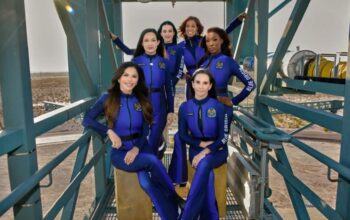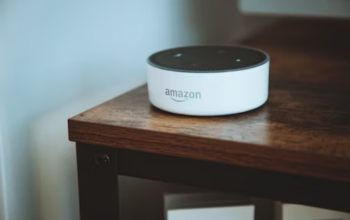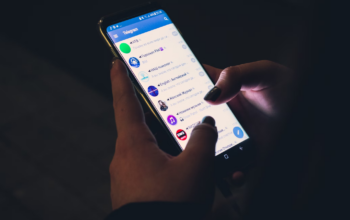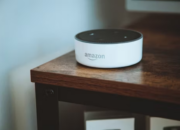Uzone.id — Have you ever seen a video that looks way too real to be true in social media? Like Donald Trump dancing with Elon Musk or Elon Musk’s announcing a giveaway? Well, chances are, you might have found a deepfake video.
Deepfakes is a new threat in digital space, that blurry line between real and fake has gotten even harder to spot. From fake celebrity videos to potential political threats, deepfakes have become a thing that everyone’s talking about.
But what exactly are they, and more precisely, how can you protect yourself against them? Here’s the explanation
What exactly is a deepfake?
A deepfake is a piece of digital content—usually video or audio—that’s been manipulated to look or sound real. The name comes from combining “deep learning” (a type of AI) with “fake”.
Mina Son, a writer and video game narrative designer from Descript stated, “Deepfakes are AI-generated media (video or audio) that appears to be of real people saying or doing things they never said or did.”

AI algorithms are trained on a massive dataset of images or videos of a person. These advanced AI techniques can swap faces, change voices, or even create entirely new content that looks incredibly real. Sadly, many people fall into their trap–even become one of the victims.
At first glance, you might not even notice it’s fake–or a manipulation content. You can say it’s like Photoshop but worst—deepfakes can make it seem like someone said or did something they never did.
Some people use this tech for fun (like making a video of their friend starring in a movie scene), while the others use it as an advanced way to spread misinformation or even commit crimes–towards their colleagues or others.
Why are deepfakes such a big deal these days?
Deepfakes blur the line between what’s real and what’s fabricated, and that has some pretty serious consequences. They can be used to spread misinformation, damage reputations, and even influence elections.
For example, deepfakes can be used to create fake news or propaganda, making it hard for people to know what’s true. This AI content is also used for blackmail or harassment. Some people use deepfakes to create fake, inappropriate videos or pictures of others, often for revenge or to harass them. Isn’t it scary?
In a 2020 survey by the Pew Research Center, 90 percent of Americans said deepfakes could cause harm, with concerns ranging from fake news to the erosion of trust in the media. At this point, it’s not just politicians and celebs who are at risk. Regular people can be targets too–you too.
So, how to protect yourself from deepfakes?
Now that you know what deepfakes are, how do you keep yourself safe from them?
Be skeptical and don’t take the phishing bait
Always be careful when you get emails, DMs, texts, or calls from people you don’t know—especially if they’re pressuring you to act fast, like saying you’ve been hacked or you’ve won something.
Deepfake scammers always manipulate your emotions to trick you into downloading malware or giving away personal info. Double-check who’s contacting you and never click on suspicious links. Basically, just remember: think before you click
Watermark your photos
When you post pics or videos online, think about adding a digital watermark. It is like putting your name tag on it. It’s a small, often invisible mark that shows the content is yours.
By this way, if someone tries to use your pics or videos to create fake content (like deepfakes), it’s easier to track where it came from. It also makes your content harder for deepfake creators to mess with since it leaves a trail that can be traced back.
Secure your digital identity
Just a reminder that deepfakes don’t just affect celebrities—they can target regular people too like you.
One way to protect yourself is to limit the amount of personal media (like videos and pictures) you post online. If your face and voice are everywhere on social media, it becomes easier for someone to use that material to create a deepfake of you.
It might sound extreme, but being mindful of what you share can go a long way in protecting your privacy. Also, enabling privacy settings on social media platforms can limit who can access your photos and videos.
Get legal help
If you are the victim of a deepfake that has damaged your reputation, it is important to consult with cybersecurity and data privacy legal experts.
Laws about deepfakes are still developing, and while the legal system is working to catch up with the tech, you can still take action – contact your elected representatives and tell them you want to see more action and stronger rules to stop deepfakes from causing harm.
Use Deepfake detection tools
When there’s a problem, there’s also a solution to solve–or at least to avoid it.There are now AI tools being developed to detect deepfakes. Apps like Deepware and online tools like Microsoft Video Authenticator can analyze videos and flag manipulated content.
While these tools aren’t perfect yet, they’re improving quickly and can help identify fakes so you can be aware that those contents are not real.














